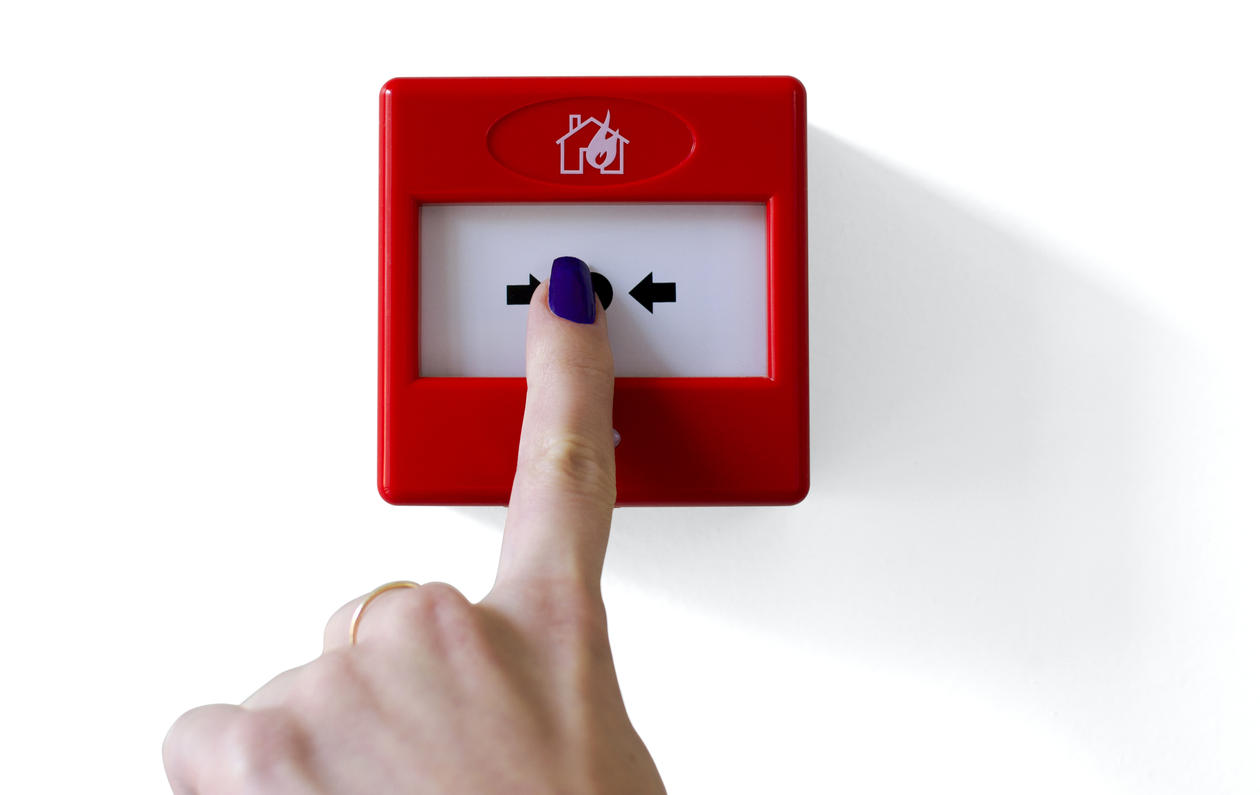Concerning fire drills at UiB
Regular fire drills should be held in any specific fire object (building). It is also recommended that fire drills are conducted in buildings not considered specific fire objects.
Main content
Frequency:
The following frequency is recommended by the user guide to the relevant regulation:
- Category A object: All employees must have participated in at least one fire drill per year.
- Category B object: All employees must have participated in at least one fire drill every two years.
- Category C object: All Employees must have participated in at least one fire drill every two years.
Most of UiB’s buildings belong to category A. Category A concerns “buildings or areas where a fire may lead to the loss of several lives”. Examples of category A buildings are hospitals, community centres, schools, kindergartens, hotels, sales premises, etc.
In category A buildings, fire drills should be conducted at the start of every semester. This will give new students knowledge of UiB fire routines at the earliest opportunity.
Who should participate in fire drills?
Ideally the fire drill should include all employees. Employees who are members of the fire protection organization shall always participate. Students shall participate in evacuation drills.
Whose responsibility is it that fire drills are conducted?
The faculty / division management are responsible for conducting fire drills with the frequency required according to fire regulations.
Who leads the fire drills?
The user representative for fire shall plan, execute, evaluate and document the fire drills conducted in the building. The owner’s representative at EIA or the operator shall support this work according to the needs of the user representative. The drill shall be led by the members of the building’s fire protection organization that have concrete tasks to perform in the event of a fire.
During an evacuation drill:
The operations manager should always be informed in advance of a fire drill. The operations manager will manage the fire centre and be in dialogue with the fire department and security company to avoid any unnecessary fire response.
Planning fire drills:
Fire drills may vary in terms of theory and practise but planning and implementation must have a long-term goal and build upon fire safety training. The drill must account for the conditions of the building.
Examples of fire drills include evacuation drills, a theoretical fire scenario with a review of routines, review and inspection of escape routes and fire extinguishing equipment including review of use, and fire extinguish drills using different types of equipment.
Fire drills can be announced, partially announced, or unannounced. For partially announced drills it is enough to inform participants that a drill will be held sometime during a given week.
Fire drill check list:
- Is the site manager acting according to instructions?
- Are you able to hear the fire alarm everywhere in the building?
- Are the people evacuating the building assembling at the correct location?
- Are the fire routines well known?
- Are the escape routes functioning as intended?
The following points should be fulfilled during any fire drill at UiB:
- Fire drill should always be planned, never spontaneous.
- Fire drills shall, if possible, include all employees. Employees that are member of the fire protection organization should always participate in a fire drill.
- During evacuation drills the evacuated must always be informed that the evacuation is a drill.
- The user representative for fire shall write a report on the drill.

